How Common Mode Chokes (CMC) Work Let's study the function and operation of common mode chokes and how to reduce unnecessary interference. Differential interference First, we study differential interference. For differential interference, and for any signal transmitted from the line side, there should be equal returns on the neutral side. Anything that passes through the neutral point (bottom surface) from the line (or top surface) should be crossed off. But the reality is that if there is equal signal cancellation, you won't get any unnecessary noise in differential mode. Differential noise occurs when these types of transmissions are unbalanced and cancelled. Common mode noise In the case of common mode noise, noise enters and releases simultaneously from the two input sides (line and neutral), but it also couples back to the ground. All that needs to be done is to capture harmful noise and prevent it from spreading back to the ground. Therefore, it is necessary to capture the line current and the neutral signal current at the same time, and consume them through general-purpose devices such as amorphous magnetic cores and nanocrystalline magnetic cores. The common mode choke coil is to wind the line and neutral windings on an amorphous or nanocrystalline iron core. When a current-compensated choke is used to reduce common mode noise (interference mode or harmful noise), it has high impedance at harmful frequencies to eliminate the harmful noise. As shown in the picture, the blue line is common mode rejection. The red dashed line at the bottom is differential mode suppression. Even if it is a common mode choke coil, it will have a certain differential mode rejection at different frequencies. Consider the transmission of useful data carriers (also called "signals") at a certain frequency. Now, if there is noise near this frequency, the noise (unwanted frequency) must be eliminated without distorting the signal. Normally, noise is common mode noise. If it cannot be eliminated, the solution to reduce unwanted noise frequencies is to use common mode chokes with high impedance, such as iron cores made of iron-based amorphous and nanocrystalline materials. Using appropriate common mode chokes can reduce noise without affecting the desired signal. Common Mode Choke VS Single Choke Sometimes common mode impedance is required, but differential mode impedance is very small. By looking at the comparison of various parts between common mode chokes, there is a considerable difference between a single choke for differential mode suppression and current compensation (or common mode choke) for common mode suppression. The main difference between these two parts is that in a common mode choke, there are two windings or more windings, so three-wire windings or more windings can be used. There are even four carriers, but all windings are located on a common magnetic core. On common mode chokes, an amorphous or nanocrystalline iron core holds the windings together....









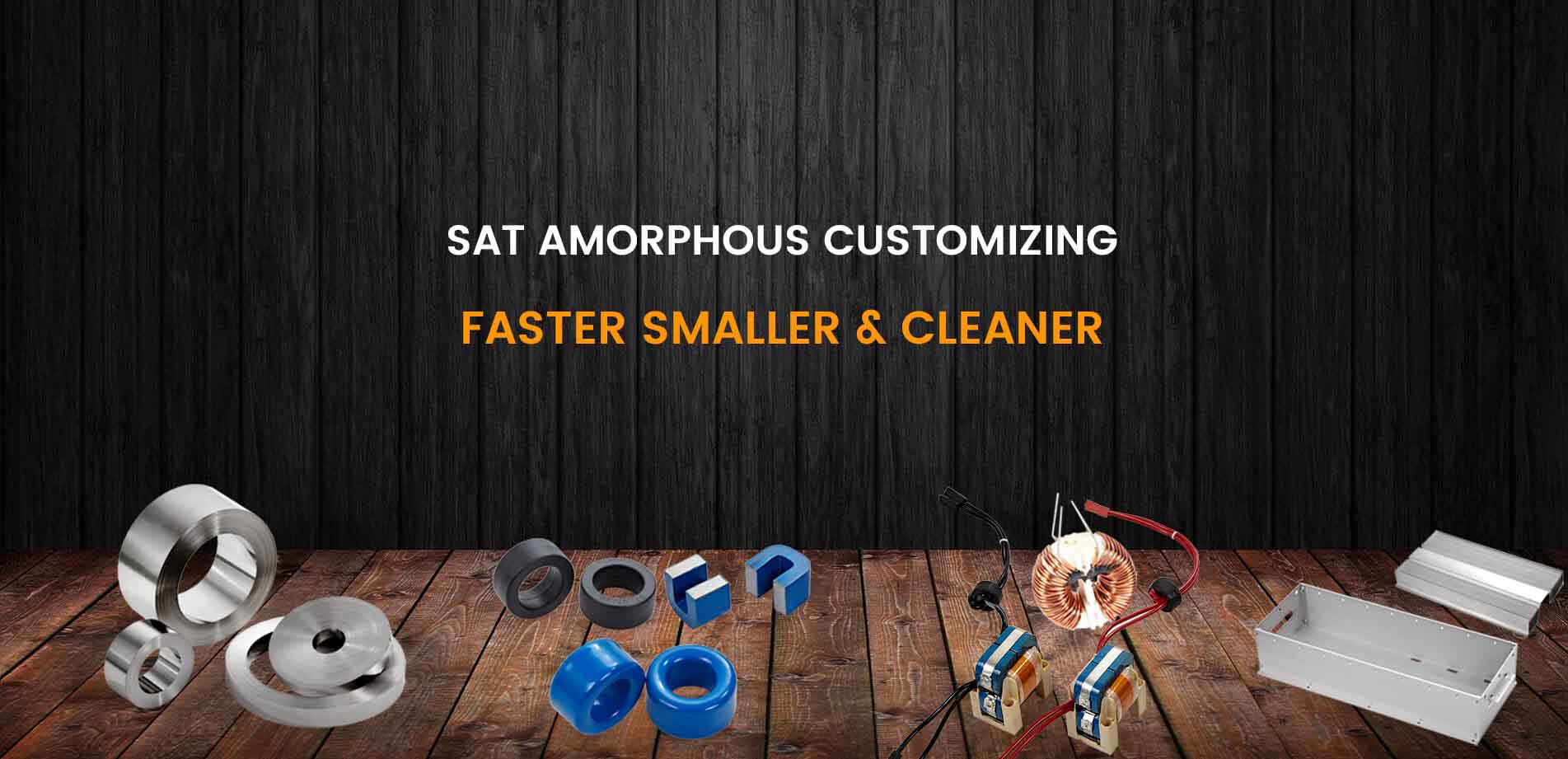
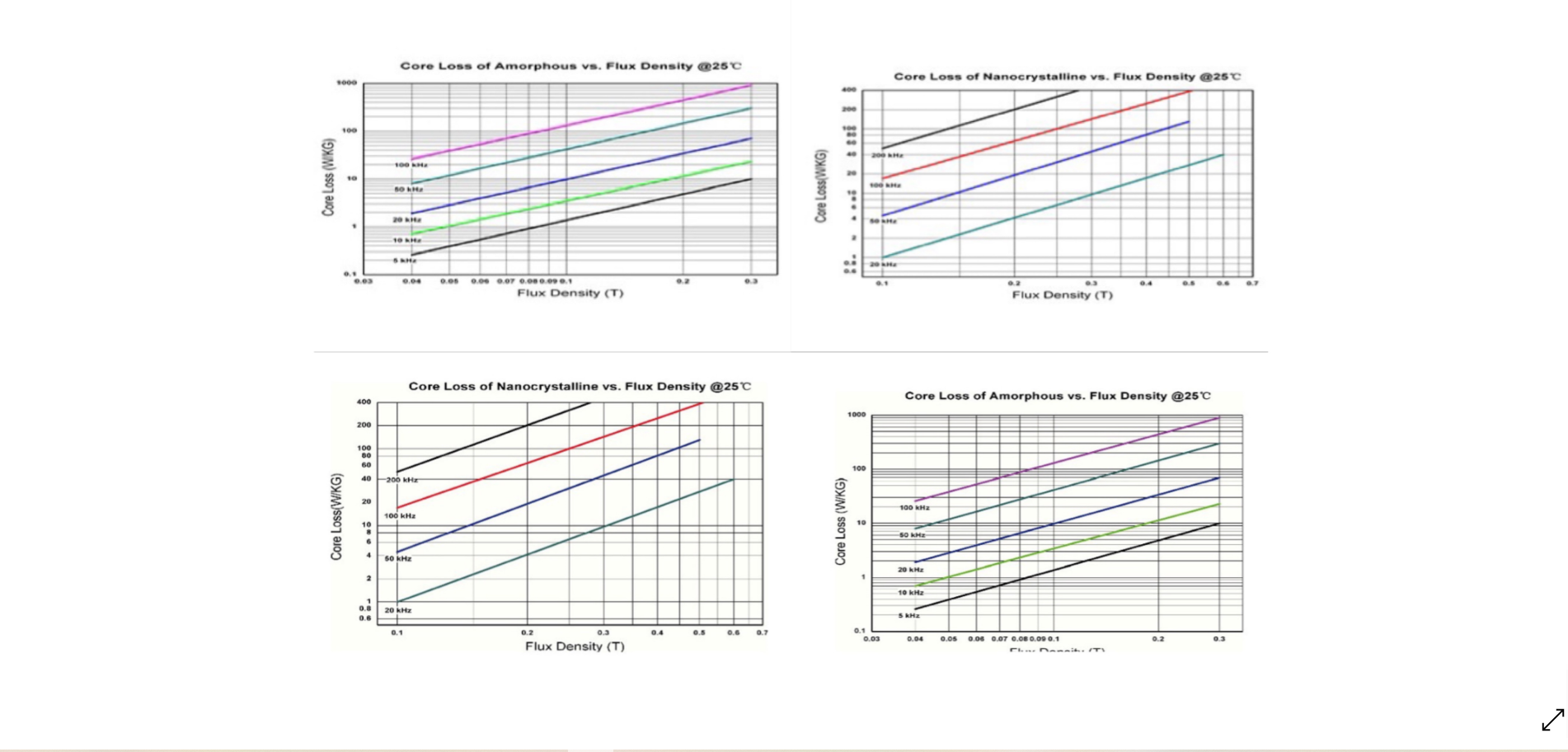



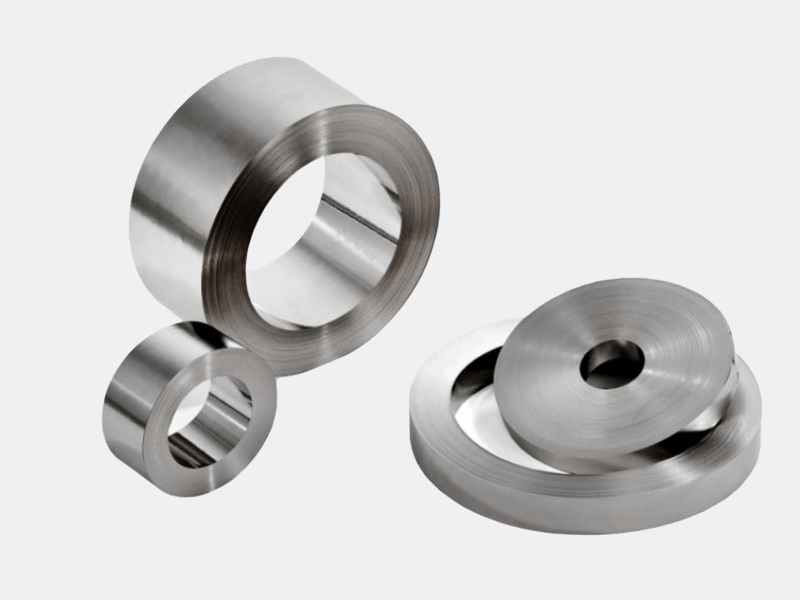
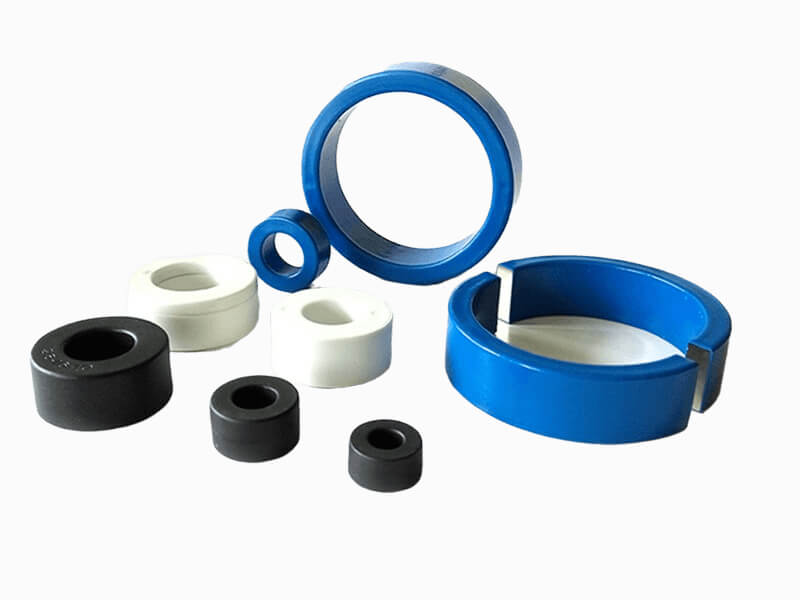
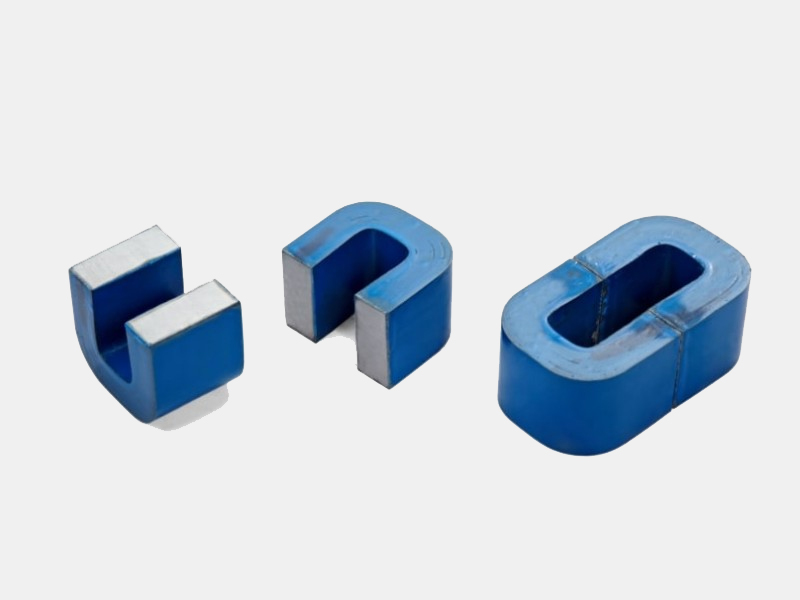
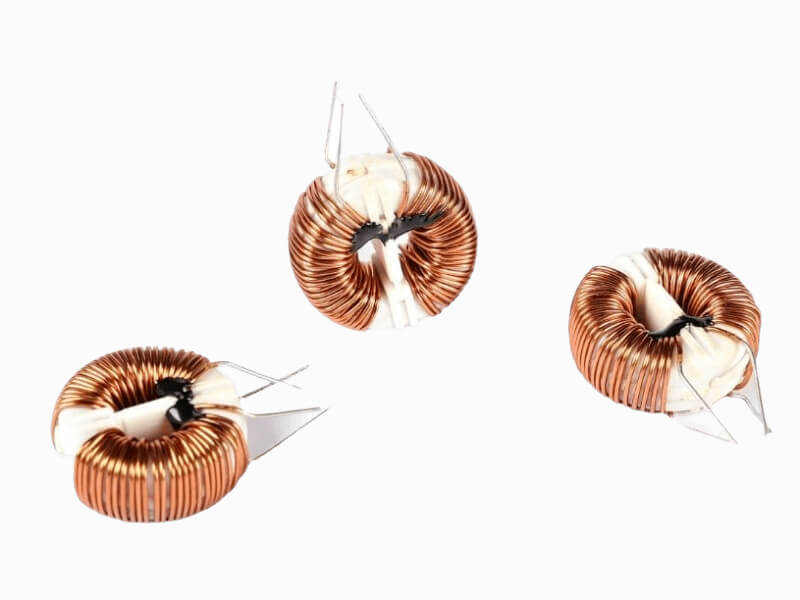
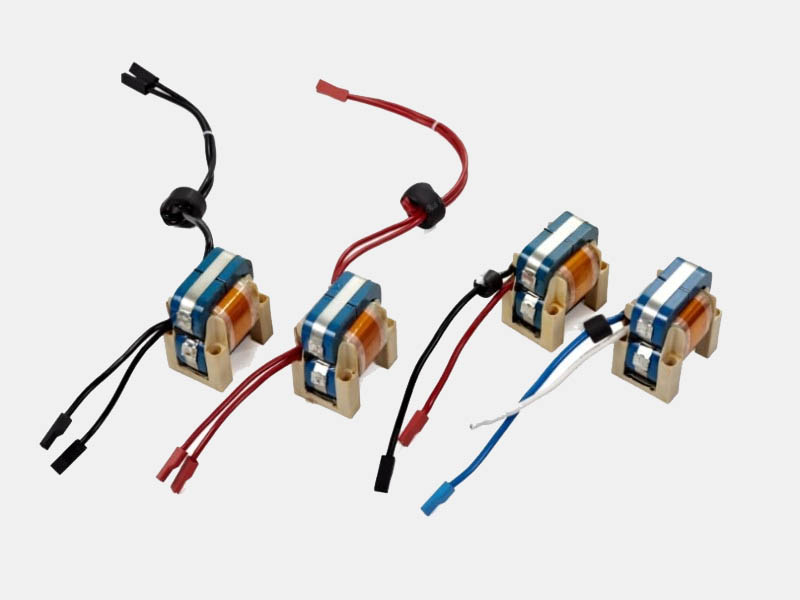
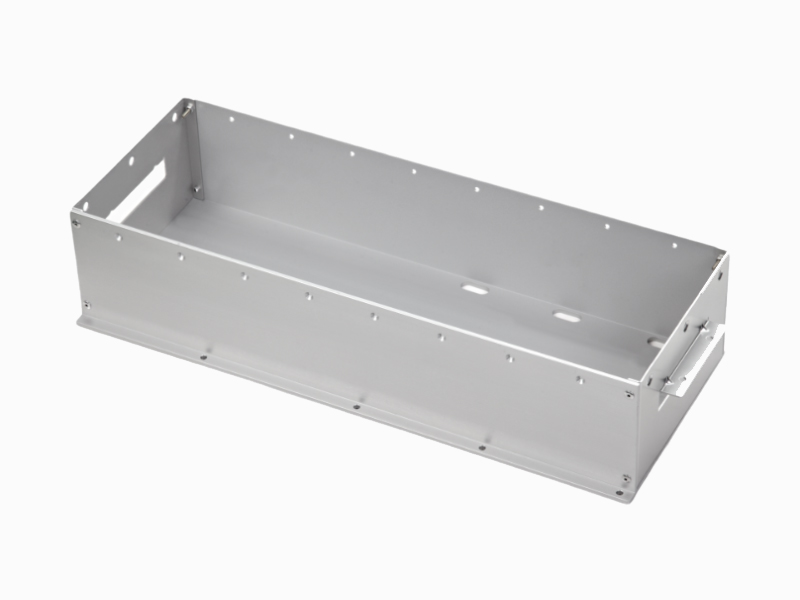




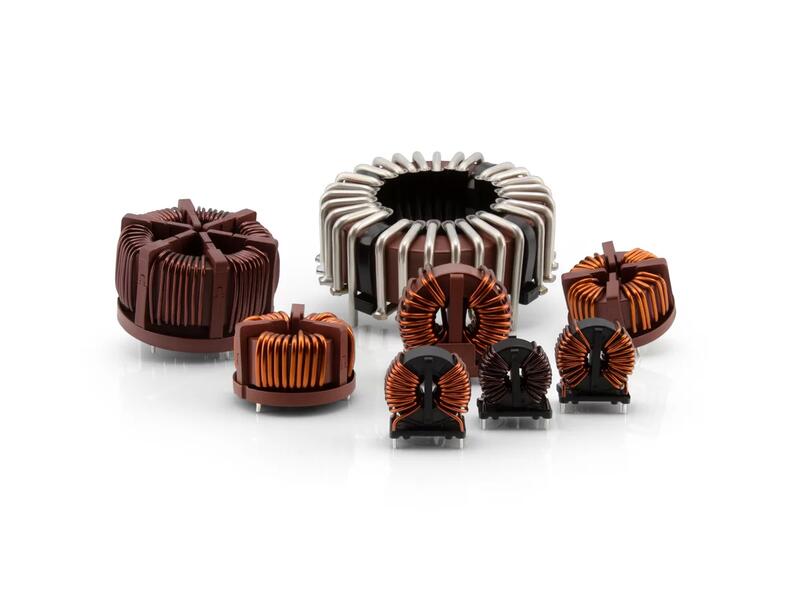













 IPv6 network supported
IPv6 network supported